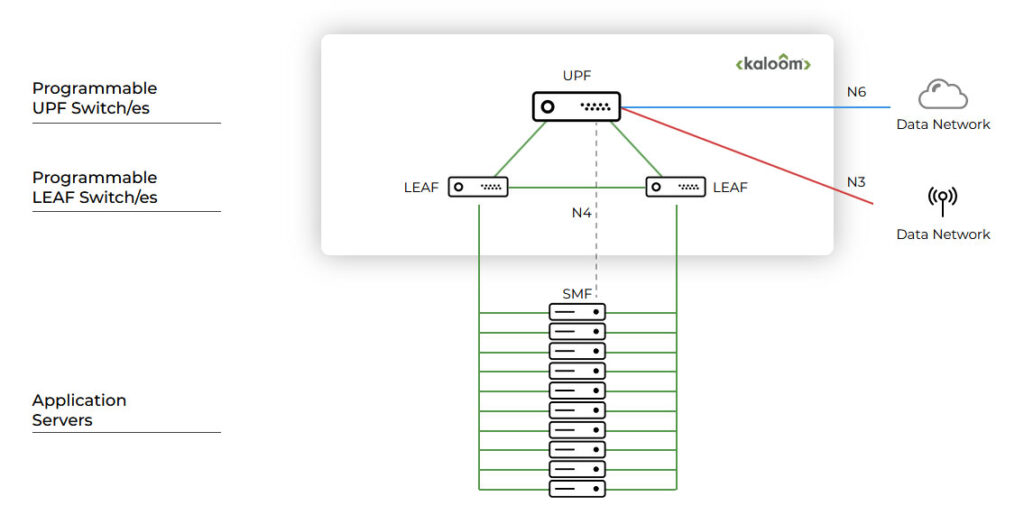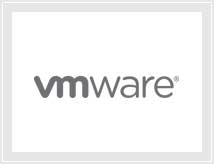EDGE Computing
Overview
Edge computing brings data storage and computation closer to the devices where that data is being gathered, rather than relying on one central location, perhaps thousands of miles away. Real-time data processing can happen with no latency and organizations can save money by processing data locally rather than from a centralized or cloud-based location.
There are a lot of other amazing applications that are talking about decision making where a data center isn’t going to make sense. It’s like an extension of edge computing. But instead of using lightweight, smaller systems, you’re using a more powerful, more capable systems to do that. With edge servers, we’re putting that power all the way out to the edge .

Content and streaming platforms & Gaming

Driverless and autonomous vehicles

Healthcare

Augmented reality and virtual reality

Smart cities
Solution Offerings
Network Edge

Edge Servers
Edge servers are powerful computers put at the “edge” of a given network where data computation needs to happen. They are physically close to the systems or applications that are creating the data being stored on, or used by, the server.
Pole mounted IP65 Server Platform for 5G and the Intelligent Edge

Features & Benefits
- Employ autonomous management that's built for scale and variability and runs anywhere
- Modernize telecom networks to deliver new services at the edge
- Deliver edge-enabled industry solutions built on MBUZZ expertise
How can MBUZZ help with edge computing?
A foundation that works
It all starts with Software Defined Networking as our foundation. Kaloom provides an ecosystem of frameworks for building and running applications and containers in Hyperscale.
Virtual machine and HPC workloads
Red Hat OpenStack® Platform, with distributed compute nodes, supports the most challenging virtual machine workloads, like network functions virtualization (NFV), and high performance computing (HPC) workloads. It’s a reliable and scalable Infrastructure-as-a-Service (IaaS) solution that includes industry-standard APIs with hard multitenancy. Make it easier to place your compute power closer to the data source with this consistent, centralized management solution for your core datacenters and extending to the edge
Storage
Storage and data services play an important role in edge computing, where it’s paramount to keep data close to the source. Organizations prefer object-based storage when deploying large-scale storage systems because it stores data more efficiently. Object-based storage systems separate the object namespace from the underlying storage hardware - This simplifies data migration. Supermicro leads the industry in user friendly options for the toughest IT challenges. Ceph Ready systems and racks offer a bare metal solution ready for both the open-source community and validated through intensive testing under Red Hat Ceph Storage.
Containerized workloads
For building, deploying, and managing container-based applications across any infrastructure or cloud, including private and public datacenters or edge locations, choose Red Hat® OpenShift®. It’s a container-centric, high-performance, enterprise-grade Kubernetes environment.
Partners


















